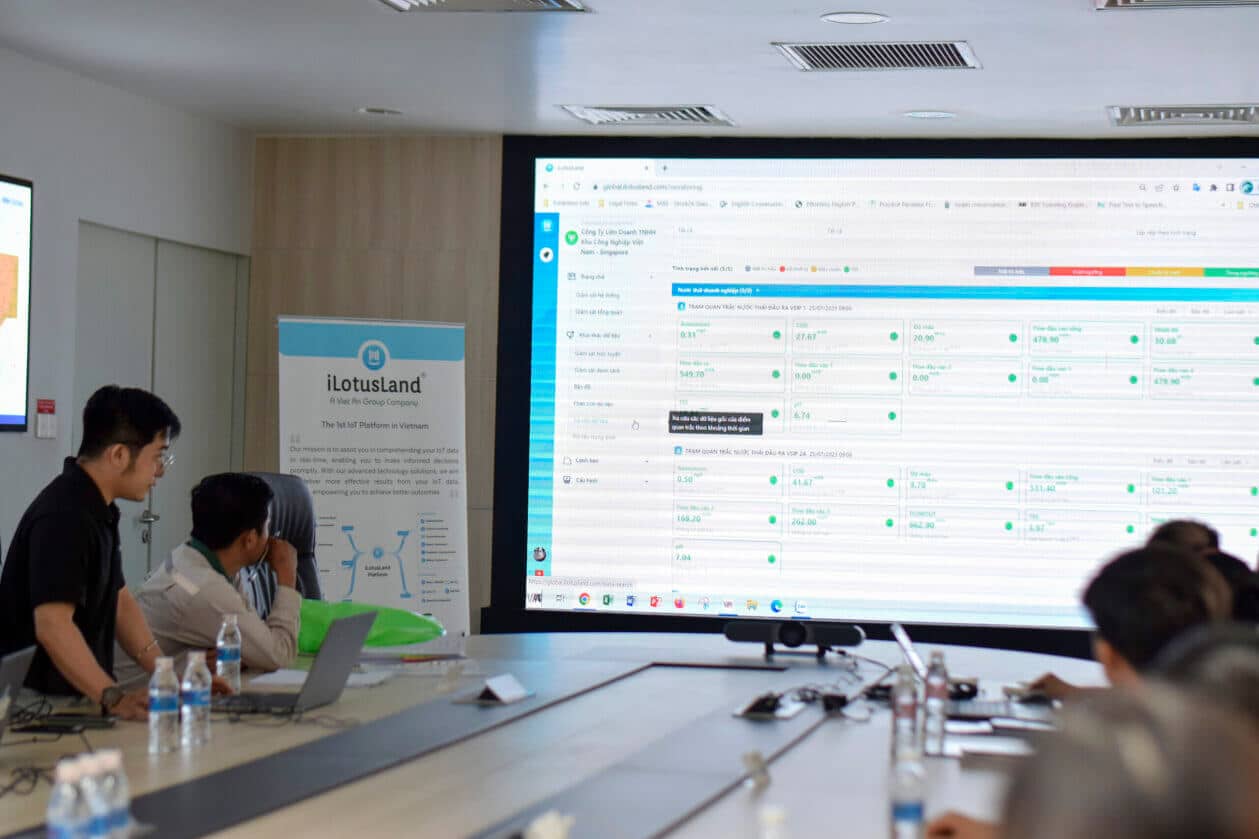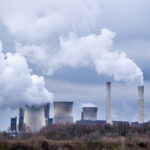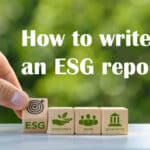Environmental management is a continuously researched and developed measure due to the serious environmental degradation worldwide. Thanks to environmental techniques and technologies, pollution issues resulting from human production activities are being researched, treated, or prevented. Tools, analysis techniques, measurement, and environmental quality monitoring have been developed in many developed countries.
What is environmental management?
“Environmental management is a synthesis of appropriate measures, legislation, economic policies, techniques, and social aspects aimed at protecting the living environment's quality and ensuring the sustainable development of the national economyThis work involves monitoring environmental impacts of activities, ensuring compliance with environmental laws, and promoting measures to protect the environment and natural resources. The goal is to balance economic development and environmental protection, thereby ensuring sustainable living and development for humans and ecosystems.
Efficient management requires the development of effective national and regional environmental management tools. Management tools must be suitable for each industry, each locality, and the community. It should not be just one tool but needs to be implemented by integrating various appropriate measures and tools that support each other.

Contents of Vietnam's State Environmental Management
The contents of Vietnam's state environmental management are outlined in Article 37, Environmental Protection Law, including:
- Issuing and organizing the implementation of legal documents on environmental protection, issuing a system of environmental standards.
- Developing and directing the implementation of strategies, policies for environmental protection, plans for prevention, mitigation of environmental degradation, environmental pollution, and environmental incidents.
- Constructing, managing environmental protection works, works related to environmental protection.
- Organizing, constructing, managing the environmental monitoring system, periodic assessment of environmental status, forecasting environmental changes.
- Reviewing environmental impact assessment reports for projects and production facilities.
- Issuing and revoking environmental standard certificates.
- Monitoring, inspecting, checking compliance with environmental laws, handling complaints, accusations, disputes related to environmental protection, and dealing with violations of environmental laws.
- Training scientific and management personnel.
- Organizing research, applying scientific and technical advances in environmental protection.
- Establishing international relations in the field of environmental protection.
What do environmental management tools include?
Environmental management tools are measures and actions to implement the state's environmental management, scientific, and production organizations. Each tool has a specific function and scope of impact, linking and supporting each other.
These tools can be classified according to their function: Macro-regulation tools, action tools, and support tools. Macro-regulation tools include laws and policies. Action tools are tools that directly impact economic and social activities, such as administrative regulations and economic tools. Technical management tools are the most important weapons of environmental organizations in environmental protection. These include technical tools such as GIS, modeling, environmental assessment, environmental auditing, and environmental monitoring.
- Legal and Policy Tools: Including international laws, national laws, documents under the law, national environmental protection plans, and policies for economic sectors and localities.
- Economic Tools: Including taxes, fees imposed on income in cash from production and business activities. These tools are only effective in a market economy.
- Technical Management Tools: These tools play a role in controlling and supervising the state's quality and environmental components, the formation and distribution of pollution in the environment. Technical management tools may include environmental assessments, environmental monitoring, waste treatment, recycling, and reuse of waste.

iLotusLand Software – Environmental Data Management Solution
The iLotusLand software is a solution for measuring, managing, monitoring, and reporting parameters from monitoring systems, simultaneously controlling and analyzing IoT-applied environmental monitoring data. The acquired data helps businesses make intelligent decisions in monitoring and managing discharged pollutants into the environment. Measurement indices are continuously and rapidly reported in real-time, complying with the strict regulations of the state. Users can connect and receive data from various monitoring stations through the iLotusLand software on the web and mobile, optimizing costs and resources.

With a mission to protect our environment and natural ecosystems in the best way possible, iLotusLand, with its highly qualified technical team, is committed to advising, designing, and installing for customers an automated, comprehensive environmental monitoring data system that is easy to install and operate stably.
With over 9 years of experience, iLotusLand has successfully provided solutions for many businesses in and outside the country. iLotusLand has connected over 1000 monitoring stations, applied to over 600 FDI factories, industrial zones, and state agencies, departments, and ministries on environmental matters. In addition, iLotusLand has exported software to 6 markets: India, Myanmar, Malaysia, Indonesia, UAE, and Ukraine.
Contact us for the most up-to-date information about our product!
| View more blogs: | Environmental management system (EMS) |
| Updating iLotusland For Environment software Ver 3.11 | |
| Latest regulations on environmental monitoring data management |
For further information, please contact:
Email: [email protected].
Hotline: +84 909 403 778
Facebook: iLotusLand – Leading in Industrial IoT Solutions
Linked in: iLotusLand – The 1st IoT Platform in Vietnam




